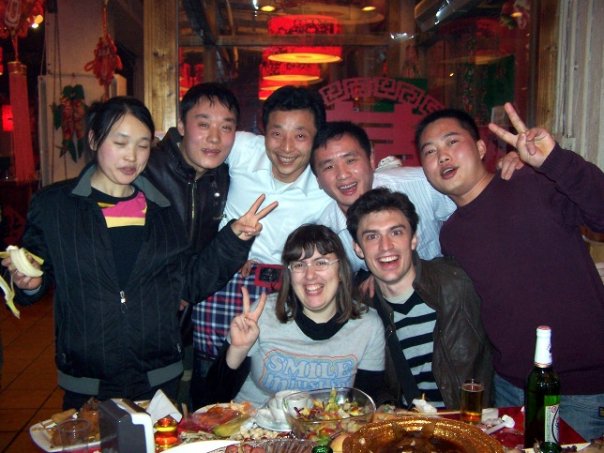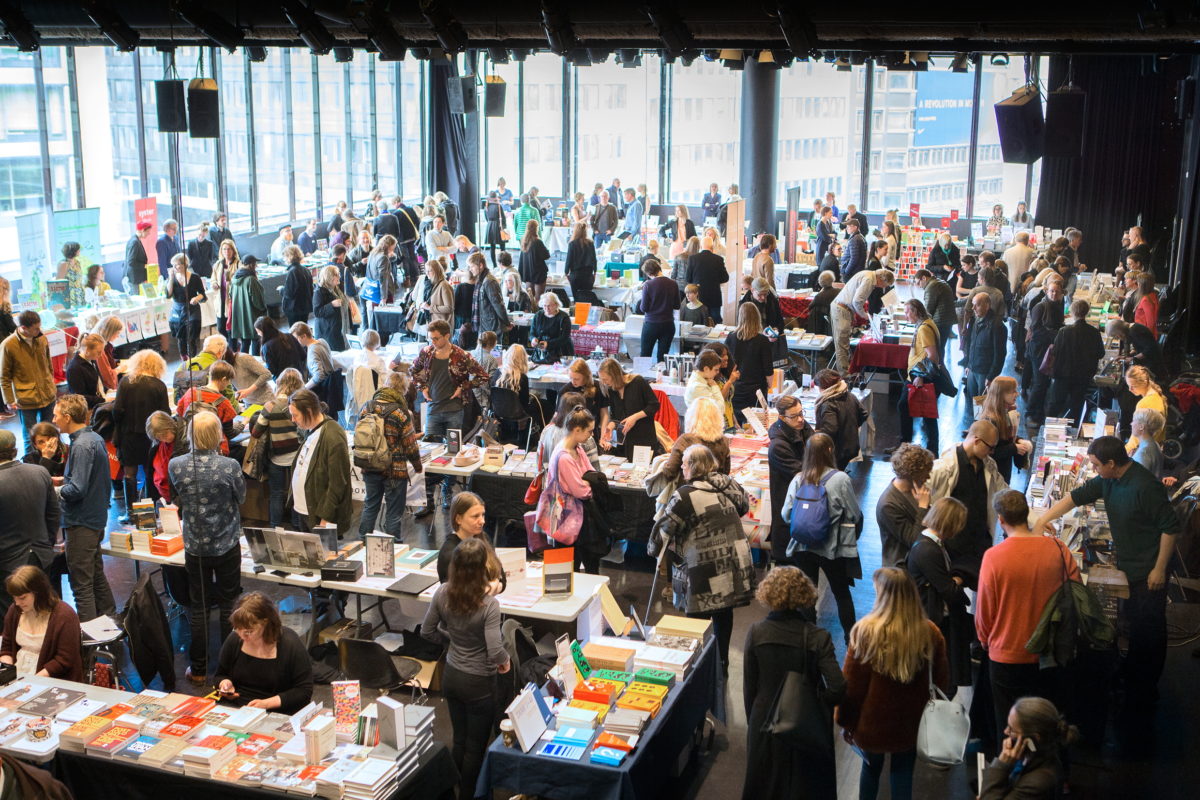It takes forever to get out of the Copenhagen airport, or at least it feels like forever. My flight was supposed to arrive at 12:30; when I check the time on the surprisingly dingy subway, it’s already 13:40. Oops. I had grand, if brief, plans for my layover in Copenhagen: see The Little Mermaid statue, grab a smorbrod at Aarman’s, and top it off with a beer at Cafe Malmo. I chop the list down to Cafe Malmo (beer above all else). It pours down intermittently during my walk there, but by the time I find the basement bar (Cafe Malmo is emphatically NOT a cafe), the weather has broken for the better.

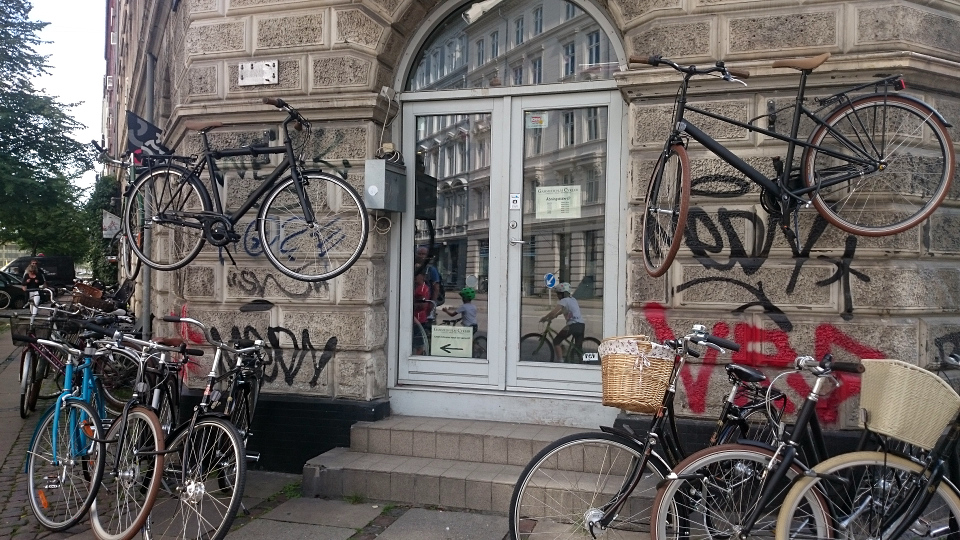

I take a seat right opposite the open door, enjoying the cool breeze and the blue-gray patch of sky projecting into the dark wood paneling. The fresh air is good because there are ashtrays everywhere and the unmistakable smell of cigarette smoke—smoking in restaurants, a memory of a bygone era.
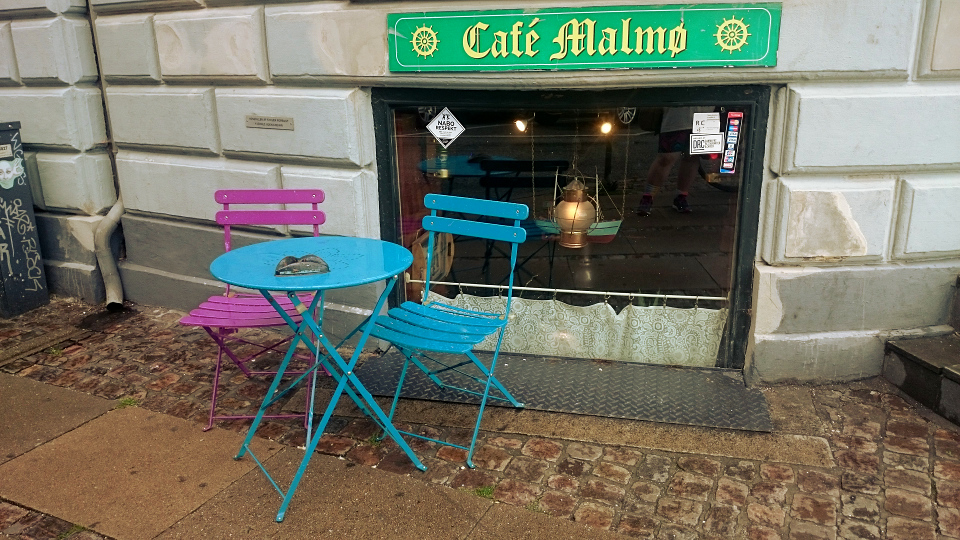
At the bar I struggle with whether to use English or Swedish. I switch uncomfortably between both, if finally skewing more towards the Swedish end of the spectrum. The bartender understands me just fine and truthfully I can’t tell if he uses Swedish or very slow and deliberate Danish with me in return. I know that I can read Danish okay, but trying to listen to snatches of overheard conversation is impossible. It’s all gargling.
Is it extra appropriate for a dive bar to have a nautical theme? I can’t decide. In one window, a copper(?) bathysphere is surrounded by potted cactuses. The duality of man, or nature. The wall opposite me features a collage of faded photos and the title “BUGISSTREET SINGAPORE” in that font used exclusively for saloons in the Wild West on crayon-bright yellow paper. The photos are of women, glamour shots and candids alike, and many feature exposed breasts.
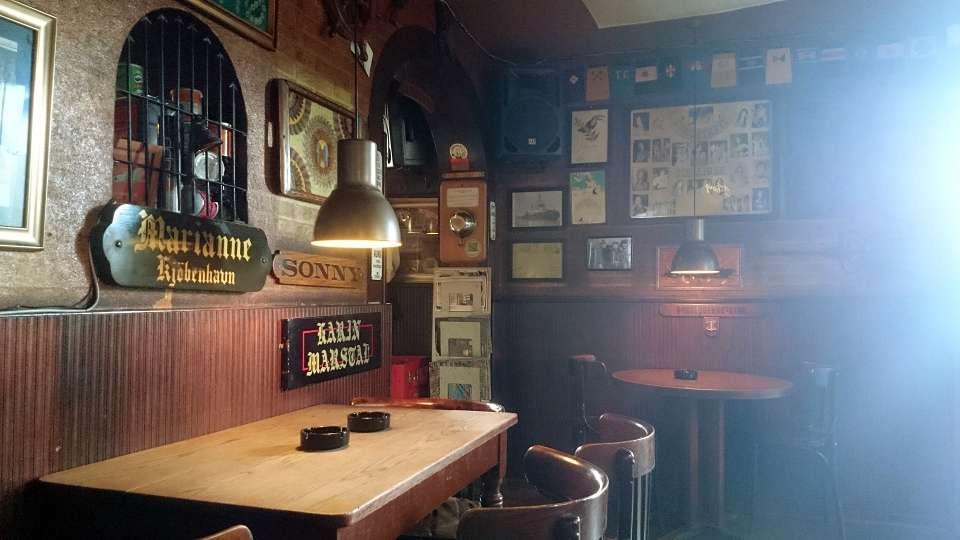
The sign outside the bar promises live music, but I’m skeptical that you could comfortably fit the accouterments necessary for even your basic guitar-strumming singer-songwriter. There would be floor space between my seat and the door, but it’s dominated by a heavy five-pin billiards table. Or maybe the billiards table doubles as a stage as necessary?
While I sip my beer, the thought strikes me of “third places,” or maybe it’s called “third spaces.” The idea is that we crave places that are neither work (obviously stressful for most, or at least oversaturated, even if you like your job) and home (often its own brand of oppressive), so we go to places like bars, parks, and cafes. I suppose my third place of preference is bars; I’d like them even without drinks. Even the cutest, quirkiest cafe can feel performative and formal. But everyone relaxes in bars. Especially during off-peak hours, it’s a place to relax and be around-but-not-with other people. They have no expectations of me (except to, say, pay for my drink, not to leave a mess, etc.) and likewise I have no expectations of them. I have space to think.
That said, I don’t think about much. I just let the weird mix of classic American top 40 and European schlager I don’t know and Danish covers of American songs wash over me. There is a surprising amount of country music. Selections include:
- A Danish cover of James Taylor
- “Fly By Night”
- “Don’t Worry, Be Happy”
- “Tie a Yellow Ribbon ‘Round the Old Oak Tree”
- A loungey version of “Revolution”
- A country version of “O Holy Night”
Eventually other patrons appear, or maybe friends of the young busboy. They set up the five-pin billiards game. The box with the pins and the chalk for the scoreboard had been sitting on a shelf behind me the whole time and the thought had earlier occurred to me that one of the small, finely carved pins would have made a nice souvenir. Now I’m glad I didn’t pinch one. I watch a game play through, not understanding any of the rules, and then return to the airport for the most important flight: from Copenhagen to New York.
That flight itself is uneventful. I read a lot and sleep a lot. The real fun begins when I land at JFK and try to get to my lodgings for the night: King Sauna in Palisades Park, NJ. In the process I wrangle a cheap burner sim card and some allergy medicine (my hosts in Austin have cats), but getting to the sauna is more of an adventure than I would have bargained for. I get there nonetheless.
King Sauna is a Korean-American version of a jjimjilbang, a particular kind of sauna. There’s not really anything that’s different between one in Korea and one in the US except, maybe, context: in the US they’re a luxury and a reward; in Korea they are (or were for me) as a reliable part of travel as highway rest stops or Motel 6. In some neighborhoods they’re a place to spend a few hours with the family; in others they’re a cheap place to crash if you missed the last subway home.
In retrospect, my view of jjimjilbangs as the latter is maybe incompatible with the semi-luxurious status they enjoy in the US (would a hostel or AirBnB for the night be cheaper?), but there’s something to be said for 24-hour entry, saunas, and hot tubs when you trudge out of JFK at 10 in the evening.
Unfortunately, the “lagom” pool—not boiling hot, not tepid or ice cold—is drained to just a few inches, I guess for cleaning? So I can’t indulge in my favorite warm-cold-warm ritual, but I enjoy having a luxurious hot shower and sweating it out in the steam saunas.
The other nice thing about jjimjilbangs generally, and this one in particular, is the freely available computer access. Without that, it would have been impossible to get my budget sim card started. I could have flown into Austin semi-blind, relying on the crapshoot that is free wifi, but that would be cutting it a little close, even for me. I also take the time to order online NJ transit and airport shuttle tickets. Phone tickets. The future is now!
There were other intangible benefits to staying at the sauna, mostly related to sense memories. There’s a smell to jjimjilbangs—is it damp bamboo mats? tea?—that I will eternally associate with relief, safety, and relaxation. And the second it hits my nose, all the tension from traveling leaves my body.
Truthfully, my favorite jjimjilbangs in Korea were much more budget and much less luxurious than this one; basically places for drunk patrons to sleep it off. But I like the touches here: the delicate white-and-pink upholstered fancy chairs and matching tables, with intricate leaves and curves carved into the arms and legs; the overwhelming presence of flowers, real and artificial; vases, geodes, and crystals set in decorative tableaus (maybe for obscure feng shui benefits?). The net effect is one of repose in a fairy forest bower, and it’s surprisingly calming.
My original sleeping plan was to avoid the coed fairy bower area, to minimize the risk of encountering a pervert, but when I get exiled out of the private rest/sleep area in the women’s-only side for wearing the jjimjilbang uniform (“clothes outside!” the attendant tells me and the other woman in there), I notice that in the co-ed corner devoted to sleeping has little wooden barriers to cordon off “private” space—random dudes won’t be able to comfortably roll over and try to spoon with me. Satisfied, I put my glasses on a nearby shelf and set a series of alarms on my phone to make sure I don’t miss my flight to Austin.

As it turns out, I don’t need the complex series of wake-up calls. Whether it’s jet lag or anticipation, I only sleep for a couple of hours and wake up at around 4 am. I peek in the saunas to see if the lagom pool has been refilled yet, but no dice. I relax in a few of the different infrared saunas in the coed fairy bower section, then leave a little before 7 so I can get the NJ transit bus into the Port Authority Bus Terminal in good time.




